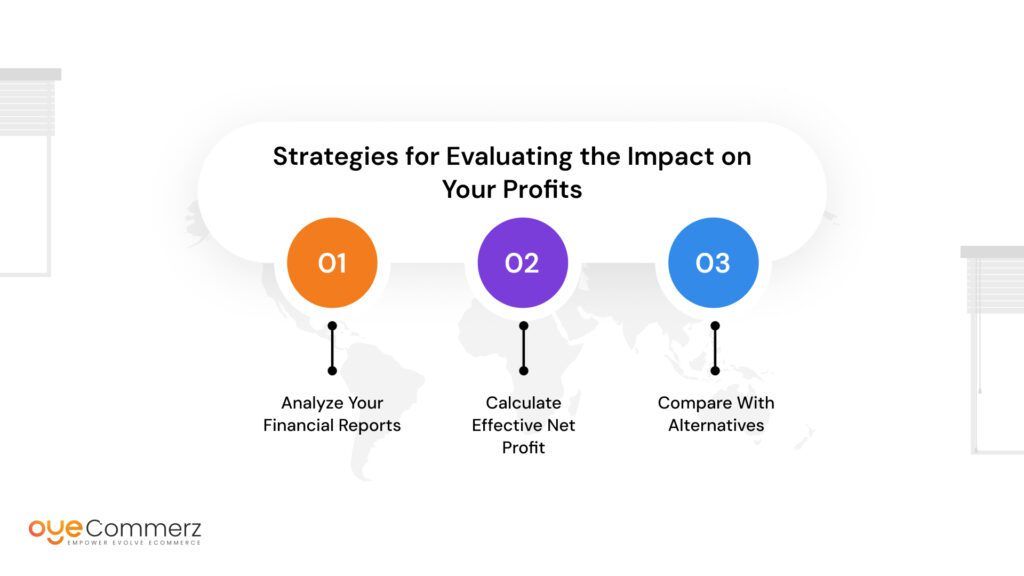In the current digital landscape, choosing the appropriate e-commerce solution is essential for business growth. If you're presently utilizing Wix but are considering a move to Shopify, you're not alone. Numerous companies are transitioning to Shopify to take advantage of its powerful features, scalability, and specialized e-commerce tools. This guide will outline the migration process, guaranteeing a smooth move and preparing you for e-commerce success.
Why Switch from Wix to Shopify?
Before diving into the transition process, it's essential to recognize why Shopify might be a superior choice for your e-commerce needs:
- Specialization: In contrast to Wix, which caters to various use cases, Shopify is engineered specifically for e-commerce, providing advanced tools and features tailored for online selling.
- Growth Potential: As your business grows, Shopify can seamlessly accommodate increased visitor volumes and transactions volume without compromising efficiency.
- Wide-ranging App Library: Shopify offers a vast library of apps that can enhance your store's capabilities, from advertising solutions to stock control solutions.
- SEO Capabilities: Shopify offers superior SEO tools, which can assist in boosting your store’s visibility on Google and others.
- Payment Options: With multiple payment gateways supported, including Shopify Payments, you can offer shoppers a variety of payment methods.
Preparing for Migration
To ensure a smooth transition from Wix to Shopify, adhere to these preparatory steps:
1. Backup Your Data
Export all your data from Wix, including product details, user data, and transaction logs. This step is vital as it ensures you have a backup of everything before initiating the transfer.
2. Select a Pricing Option
Assess the different Shopify subscriptions available and select one that best suits your business needs. Take into account factors such as transaction fees, features included, and scalability options.
3. Set Up Your Shopify Account
Create your Shopify account and familiarize yourself with the platform’s dashboard and features.
The Transition Process
Now that you're prepared, it’s time to transfer your store from Wix to Shopify. Here’s how:
1. Transfer Items
Utilize Shopify's built-in import tool or external tools like Cart2Cart or LitExtension to move How to choose the right e-commerce platform your products from Wix to Shopify.
Ensure that product descriptions, images, costs, and options are correctly imported.
2. Migrate Client Information
Import customer information such as user names and email addresses into your new Shopify for growing brand Shopify store. This step is critical for retaining client connections and advertising strategies.
3. Set Up Payment Gateways
Set up transaction methods in your Shopify store to ensure seamless payments. You can select from multiple platforms like debit methods, PayPal, and more.
4. Customize Your Store Design
Select a design that reflects your brand identity. Modify it using Shopify's design tools to create an attractive and intuitive shopping experience.
5. Search Engine Optimization
Apply SEO strategies during the migration process:
- Set up 301 redirects from old Wix URLs to new Shopify URLs.
- Enhance product titles, descriptions, and images with targeted keywords.
- Modify meta tags and alt texts for improved search engine visibility.
Post-Migration Steps
Once your store is active on Shopify, follow these follow-up steps:
1. Test Your Store
Perform comprehensive testing of your new store:
- Verify item listings for correctness.
- Test payment processes.
- Make sure all links work correctly.
2. Promote Your Store
Announce your new store launch through newsletters and social media channels.
Consider offering promotions or sales to attract shoppers.
3. Monitor Performance
Leverage analytics tools within Shopify to monitor sales performance and user activity.
Adjust your strategies based on performance analytics.
Conclusion
Migrating from Wix to Shopify can substantially enhance your e-commerce capabilities and lay the foundation for growth and success. By following this guide and taking a systematic approach to the migration process, you can guarantee a seamless transition that reduces downtime and maximizes opportunities for revenue. Welcome the change and see your online business thrive on its new platform!
